
AUDIENCE FRAGMENTATION
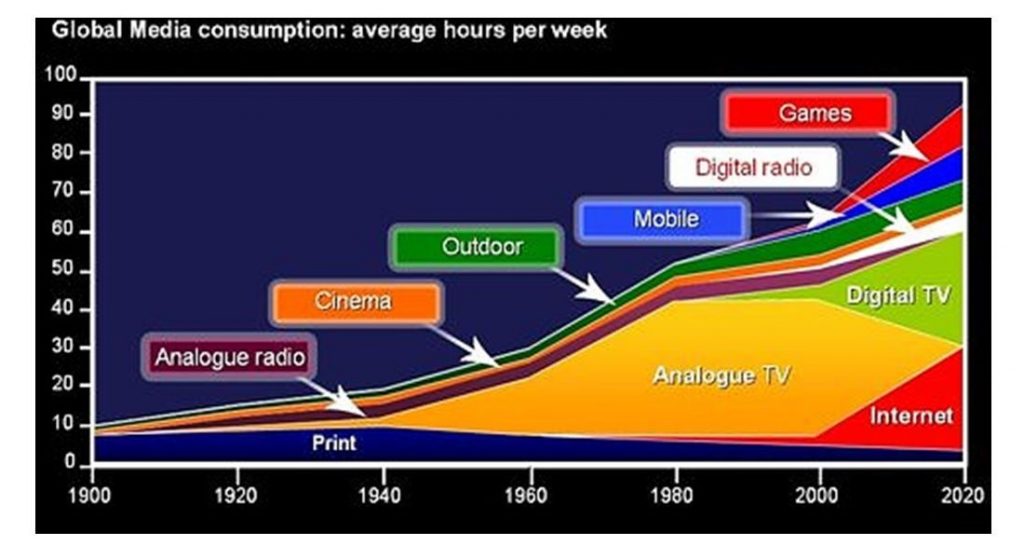
The fragmentation of
consumers’ media consumption over the last 20 or so years has made it more
difficult to reach the masses although has helped in terms of targeting
specific audiences. Perhaps fragmentation has been a curse to mass market
advertisers while possibly helping smaller niche targeting clients.
Stepping back into the mid-1990s Australians only had 5 TV stations (ABC, SBS,
7, 9 &10) to watch. No wonder the average audience of the top 10 programs
across the 5 capital cities was over two million per show. Then along came
PayTV (1995), the free to air digital stations, catch up TV, streaming,
Netflix, Stan and suddenly consumers can watch what they want, when they want
across a multitude of channels. Today’s highest rating TV show is lucky to get over
one million viewers.
Magazine’s readership is now fragmented across their print, App and web
editions. The mass women’s magazines printed versions have had a huge drop.
From 1999 to now, Womens Weekly (AWW) print readers went from 2.9 million per
issue down to 1.3 million per issue, Woman’s Day went from 2.6 million to
877,000 and New Idea went from 2.2 million to 785,000. Considering their total
audience including digital readers, AWW’s total readers are down 13% compared
to 1999, Woman’s Day total readers are 53% less than 20 years ago, and New Idea
is 50% less. In addition to this, the advertising is sold separately i.e. print
or digital. Again, massive fragmentation of the audience.
In the Newspaper glory days (circa 1997), they received over 50% of all
advertising spend while today they get a little over 4% of all spend. The
readership of the printed national papers (The Australian & the AFR) have
declined by 30-40% while the metropolitan papers print readership has declined
by over 60%. Naturally the papers do quite well with their digital copies
however total combined (print & digital) daily readership is still down by
around 25% compared to 20 years ago. Advertising is again sold separately as
print or digital which again fragments the audience for advertisers.
Radio listening has fragmented with the introduction of the numerous Digital
stations, Spotify and podcasts. Even Cinema have fragmented their audience as
there were a little over 1,000 screens in 1997 whilst today there are over
2,300 screens. Nonetheless ticket sales have remained relatively constant over
this time.
The one medium that has grown from zero consumption in 1995 to virtually
everyone today is the internet. Although the internet itself is massively
fragmented as it is all the traditional mediums plus over a billion websites
plus all the social sites. Australians spend up to 14 hours a week on social
media alone excluding time spent online with other media sites.
The combination of most of the media offering far more options and time now
spent online has resulted in the enormous audience fragmentation. This audience
fragmentation has also resulted in the ad dollars fragmenting causing a great
deal of pain across traditional media as Digital now accounts for around 30% of
ad revenue. In years gone by Saturday’s SMH attracted people interested in
News, Real Estate, cars and the “rivers of gold” classifieds. These days
realestate.com, carsales, eBay and Seek have taken much of that audience along
with the ad dollars.
From an advertiser’s point of view, it is clearly harder to reach lots of
people quickly making fragmentation a bit of a curse for mass market products.
On the positive side, data is today’s new currency used to spend clients’ money
more wisely and enables more micro targeting of audiences
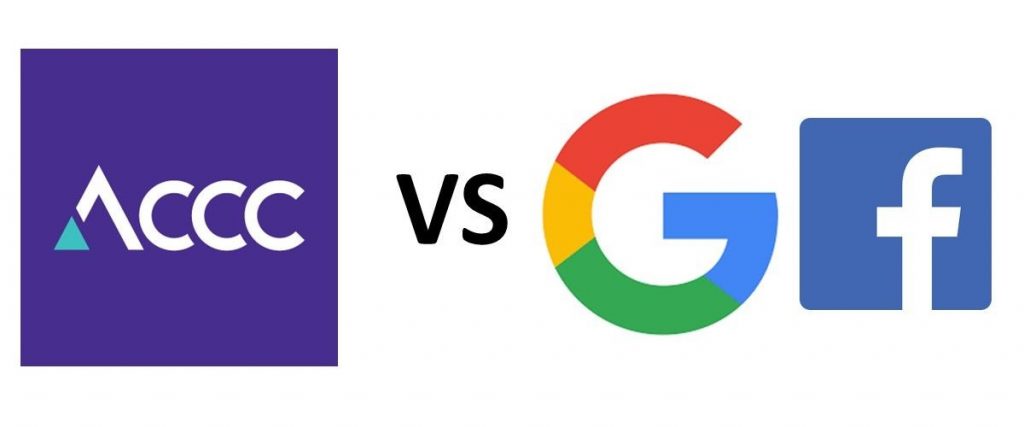
ACCC vs GOOGLE & FACEBOOK
Last Saturday, the Treasurer’s Office announced the ACCC will publish an
Ad-Tech Inquiry Issues paper in March 2020 – interesting times ahead!
Back
in December 2017 the federal government directed the ACCC to analyse the
Digital Platforms in relation to consumers, journalism and advertising on those
platforms. By ‘platforms’ they basically meant Google and Facebook. The report
came out in June 2019 and we are now getting to the interesting phase of seeing
what can be done.
In
June 2019 the ACCC said they had serious issues relating to market power of
Google & Facebook affecting the media, advertisers, businesses and
particularly consumers. They were scathing of Facebook & Google as well as
the Digital advertising market. The ACCC had particular concerns that consumers
do not realise how much of their data is collected and what is done with it.
They also said the rise of Facebook & Google had caused significant harm to
the news and to journalism. They said “the use of data can exploit behavioural
biases and consumer vulnerabilities on a scale we’ve never seen before”
The
ACCC recommended a branch to be set up within the ACCC to ensure a great deal
more transparency and oversight of Google and Facebook. This branch will
investigate the serious scrutiny of the algorithms of Facebook & Google
which they believe is anti competitive or misleading behaviour. The ACCC also
made a point about the very opaque and unclear Digital advertising market. They
also want an inquiry into the AdTech systems so they can see who is making
money and at what level. The Government has set up new fines and the ACCC
literally said “they were anxious to use new fines in Australia that will
amount to many hundreds of millions of dollars”.
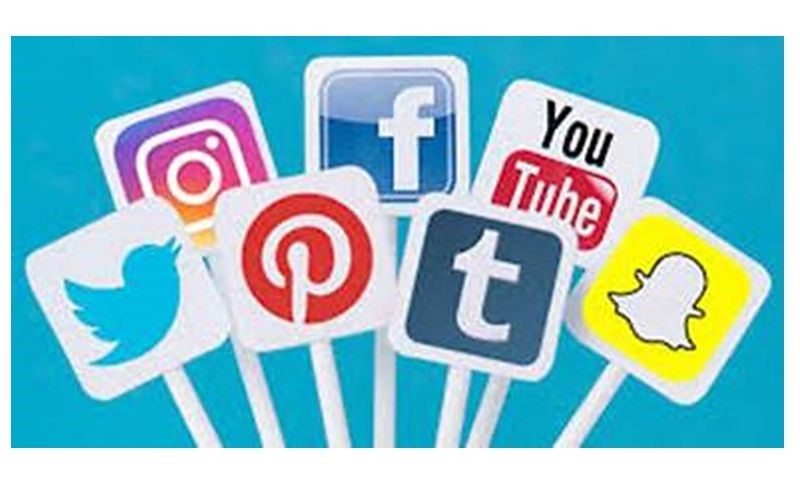
SOCIAL MEDIA
Social media is the
way for people, brands and groups to communicate and interact online. It has
been around for more than 15 years, but lately we have a seen a surge in both
the number and popularity of social media platforms such as TikTok, Lasso &
Vero.
Social media got its name because users are able to engage with each other in
the form of user generated content, commentaries and many more functionalities
that platforms offer nowadays.
For businesses, a rise in social media brings both opportunity and
responsibility with the amount of data & accessibility that marketers have.
Social Media is an important pillar of Digital marketing and it helps brands
accomplish the following goals;
• Community building
& brand engagement :
o Making it easier for brands to talk and address their audiences
o Brands can now more easily announce new products and business developments to
their audience
o Promote events and increase both registrations and attendance
• Brand awareness
& discovery
o Brands can now build awareness through social media with organic social and
paid ads
o With social media it has become easier to discover a brand – through friends
recommendations, influencers and ads
• Websites traffic
& sales
o Increasing site traffic, driving leads and sales as a result of organic
social activity and ads.
Below are the top Social platforms in Australia by number of monthly Unique
Users (source Nielsen Dec 2019):
Facebook: 17,834,000
Instagram: 12,484,000
LinkedIn: 9,679,000
Twitter: 8,365,000
Pinterest: 7,171,000
All the major social networks offer paid advertising options. Social media
advertising allows brands to reach a wider audience than those who are
following them. The advertising options are ever evolving on Social platforms
and they include demographics and detailed targeting options with variety ad
formats to reach your desired audience and achieve your brand goals.
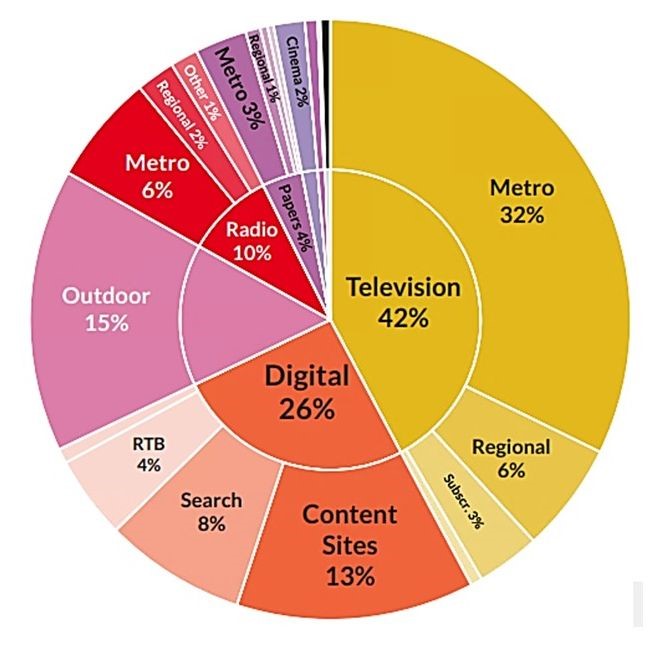
SMI UPDATE – JANUARY 2020
January is
traditionally the smallest ad spending month in Australia so the figures never
look that great. The interim January figures have just been released and it
looks like we are kicking off 2020 the same way we ended 2019 – a negative year
on year performance. The January figures are approximately 10% down compared to
January 2019. This excludes the Digital bookings although once the Digital
bookings are added we expect to still be in the negative.
The Automotive and Retail categories continue to be in the ‘Top Declines’ for
the month. Perhaps not surprising given the bushfires, Travel spend was also
down. All the media are down although the one spot of good news was Street
Furniture had a substantial increase from January 2019
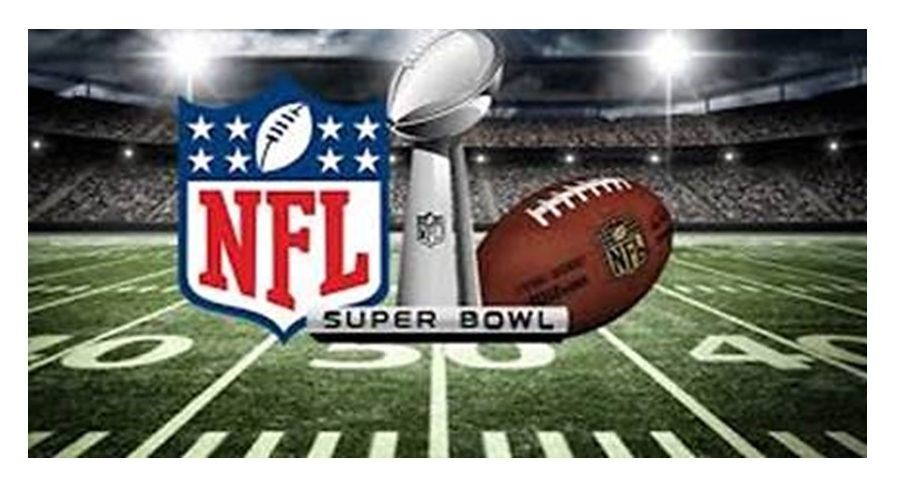
1. A 30 sec TV ad in
the 2020 Super Bowl was around $5.6million USD
2. More than $500 billion a year is spent on advertising worldwide
3. 4 million Australians aged 14+ (19.1%) now use meal delivery services, up
from 1.98 million (9.8%) Interestingly ‘Food Delivery Services’ advertising has
grown 4 fold since 2016 to $42 mil in 2019
4. Only 12% of Australians expect 2020 to be better than 2019. This puts us
43rd of 47 countries … at least we’re more positive than Italy (11%), Jordan
(7%) and Lebanon (5%) – Roy Morgan
